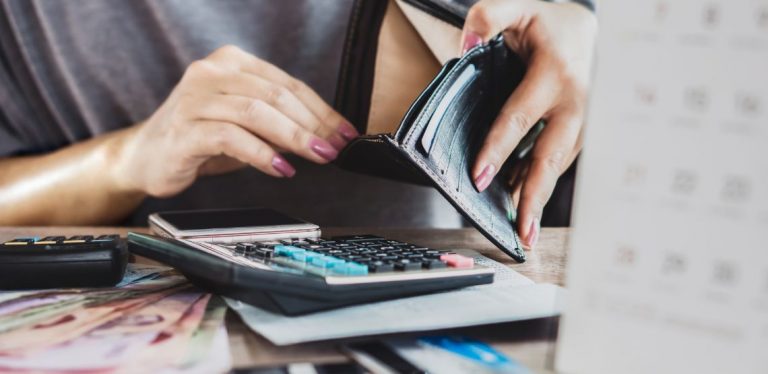Educational Empowerment
Government Debt Relief Program
Throughout the political landscape of the United States of America, a handful of topics tend to lead the discussion (or arguments) amongst political adversaries. Student loan debt and the role that the government should take on said debt is often questioned and debated at length. This article, though, will not share any political perspective or opinion; instead, it will cover the government debt relief program for student loans as well as the latest information regarding the topic.
As of Q2 2023, Americans have over $1.7 trillion in federal and private student loan debt. Do you have existing student loan debt? If so, this government debt relief coverage will be important for you to read.
COVID-19 Implications on Student Loan Repayments
As we all know, COVID-19 took the nation (and the world) by storm and ultimately resulted in long-term financial hardship for a lot of individuals internationally. Within the U.S., the government released multiple stimulus packages and payments to continue stimulating economic development and interaction among consumers and businesses.
With a significant amount of businesses and industries slowing or shutting down completely, many Americans faced economic hardship and, unfortunately, could not meet their debt obligations for the near future.
On a similar front, during COVID-19, the government enacted a policy that paused the required payments of student loans as well as the interest accrual in that same period. In March 2020, the U.S. government automatically paused loan payments and set interest rates on applicable loans to 0% as a means of assisting citizens through the turbulent economic time.
Unfortunately, these relief plans were never intended to be permanent and have since come to an end on September 1st, 2023, and interest will begin accruing again. The first payment was due on October 1st, 2023.
Biden-Harris Student Debt Relief Plan
With President Biden taking office, he and Vice President Harris attempted to pass a student debt relief program that would help borrowers within the United States with their looming student loan debt. The initial plan included up to $20,000 in forgiveness for borrowers with Pell Grants and up to $10,000 in forgiveness for borrowers who did not have a Pell Grant.
These forgiveness amounts did require applicants to meet certain standards and stipulations, although it can be widely assumed that most applicants would fit the criteria to have had $10,000 forgiven.
On top of that, the proposed plan targeted future student loan debt. It specifically emphasized the size of student loan repayments and would have restricted the debtor from paying too large of monthly payments compared to their income. Regardless, though, the Biden-Harris student relief plan was ultimately blocked by the Republican Party and eventually was overruled by the Supreme Court.
Income-Driven Repayment Forgiveness
One of the most prominent existing student debt relief programs is the income-driven repayment forgiveness plan (IDR). An IDR plan bases your monthly payment on your income and family size. Arguably, the biggest selling point of the plan revolves around the fact that the debt will be forgiven after 20 or 25 years once a certain number of qualified payments are made.
In August of 2023, the Biden Administration developed a new income-driven repayment plan known as the “SAVE” plan. SAVE, an acronym for Saving on a Valuable Education plan, is the latest development in a long-standing attempt from Biden and Harris to impact the ongoing student debt crisis within the nation.
As the administration notes on WhiteHouse.gov, the SAVE plan will reduce some borrowers’ monthly payments to zero, save other borrowers $1,000 per year and prevent balances from growing because of unpaid interest.
Student Debt Relief is an Ongoing Battle
As the current governing party continues to push back against their opposing political party and court rulings, there will be continual developments on the front of student loan forgiveness and government relief for student debt. While we have mentioned some options above, it is imperative to recognize that these government relief options are ever-changing and will likely be updated or transformed sometime soon.
Many of the current government relief or assistance programs focus predominantly on low-income households or those with student loan debt who cannot comfortably pay off their accrued debt. In the future, though, new legislation or assistance may be provided to other individuals who still have student loan debt and would like government relief.
Read on to learn about fash cash loans.
Article Resources
- 2023 Student Loan Debt Statistics (Lending Tree)
- COVID-19 Emergency Relief and Federal Student Aid (Federal Student Aid)
- The Biden-Harris Administration’s Student Debt Relief Plan Explained (Federal Student Aid)
- Student Loan Forgiveness (and Other Ways the Government Can Help You Repay Your Loans) (Federal Student Aid)
- FACT SHEET: The Biden-Harris Administration Launches the SAVE Plan (The White House)

